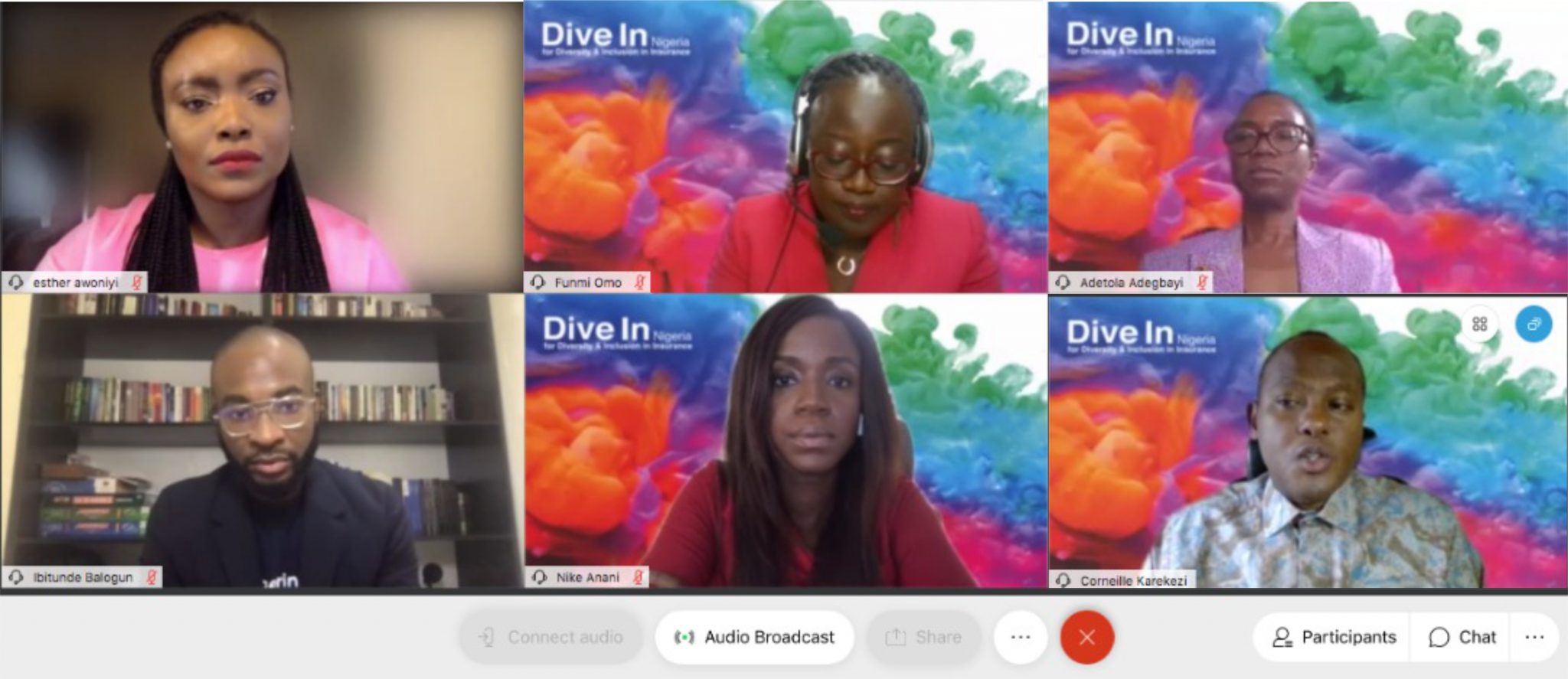Dive In Festival in Nigeria 2020 points the way forward on gender diversity and its…

COVID-19 aftermath: An Outlook on Technology & Marketing, Virtual Events are here to stay
The recent pandemic has ultimately disrupted almost every sector, marketing communications none the less and the event segment of marketing a larger impact. In response to the pandemic social distancing became the acceptable way, communication became fully digital while live events became unsafe. In Marketing, events are a huge aspect of our tactics and the temporary ban on live events has forced us to look at existing viable alternatives for events in cases where it cannot be deferred or canceled. One reliable alternative is the widespread adoption of Virtual Events.

Virtual event {VE} are similar to the normal or on-site events only here, attendees gather online and not at a physical space. Although this has been in existence for a while, its adoption was majorly a solution to constraint issues. We have seen examples of a live broadcast of a large conference to audiences around the globe who cannot for geographic or time reasons be present at the live location or religious houses having online gathering as an option for those who cannot make it to physical service. In these cases, the live event was the main and the virtual was supporting. However, the reverse beckons as our only resort in these times and for as long as it may be required.
Indeed, virtual events may not replace on-site events after the pandemic, but it should become an addition to the portfolio and accepted by many. VE’s allow us to humanize digital and we have had certain variations structured or unstructured online or via social media. Some examples of virtual events include;
Online Conferencing: a situation where a conference is planned, executed and attended online. This usually takes the same format as the physical conference with keynote, speeches, panel and breakout sessions as well as an opportunity for attendees to network. The online conference relies on technology for every element from invitations, registrations, hosting, feedback and networking {usually requires an app}.

Webinar: Many of us are familiar with this, it’s one of the most effective and common virtual events. It is usually reserved for training, education and sometimes conferencing. Webinars have been recorded to have a 100% or over attendance rate because attendees can return to the content and view series after the live broadcast is over. May have engaged with or in a webinar before, brace up, there’s more to come.
Online Talk Shows or Concerts: We have seen this trend particularly during the lock-down period in various countries. There has been a rise in Instagram live sessions co-hosted by two parties, online talk shows with chat rooms, online concerts hosted by celebrity artists such as DJs, Musicians, Comedians with a full set live performance for viewers to engage with.

While virtual events are fast becoming the new norm, corporate organizations, marketing & PR professionals globally and locally must begin to rethink the organization of these events. These are the days where press conferences, town hall meetings might have to be done strictly virtually. Think about what you want to achieve with your event and determine which structure will best help you achieve your results virtually. It needs to be structured around your audience and the experience you want to create for them.
In summary, the bedrock of virtual events is the technology and there are several tech tools for hosting virtual events and tracking the results successfully. Some of these we have interacted with in the past and much other software you will find in your research. Tech solutions need to be designed with the local consumer at the center, human-centered design and culture is a huge factor here.
The opportunity exists for technology firms in Nigeria to build solutions that are locally adaptable and in consideration of the realities that persist in the country such as the internet penetration & strengths, purchasing power, attention span and interests from the African consumer and the likes.




This Post Has 0 Comments